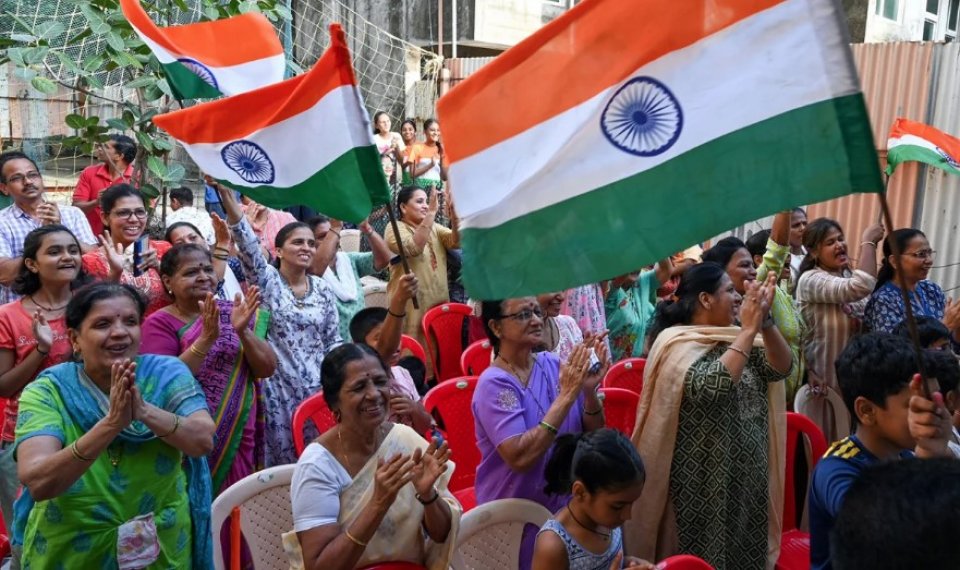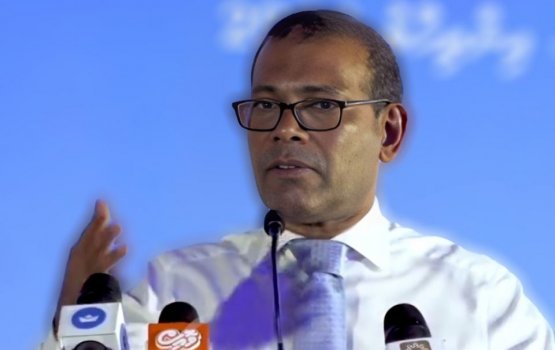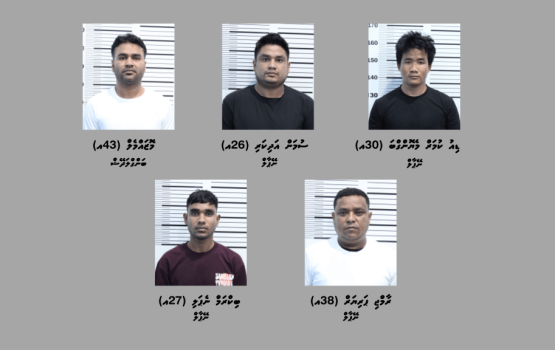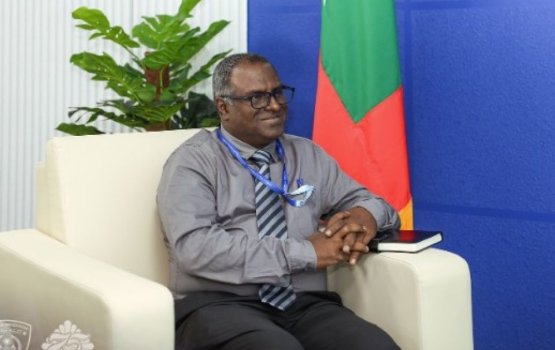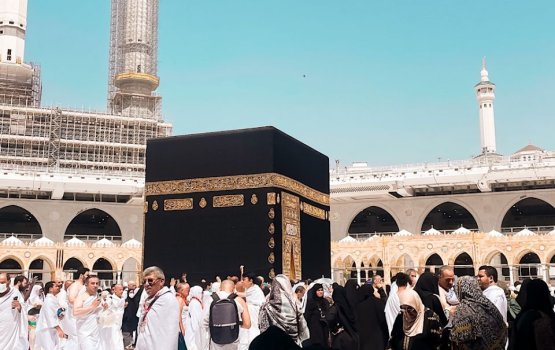Indians around the world have united with pride and excitement after the South Asian nation on Wednesday became the first country to soft land a spacecraft on the moon’s unexplored South Pole, and only the fourth country to reach the lunar surface.
A lander named Vikram and a rover called Pragyan, robots from India’s Chandrayaan-3 mission, touched down on the moon just after 6 p.m. local time – a moment watched by 70 million people on the Indian Space Research Organization (ISRO)’s YouTube page.
“We have achieved soft landing on the moon,” said ISRO chairman S. Somanath to thunderous applause in the control room. “India is on the moon.”
The history-making event has become an immense source of pride for the country of 1.4 billion as it takes challenging steps to become a space pioneer and cement its status as a global power.
Chandrayaan-3’s success has brought together a nation struggling at a time of deep communal strife, with deadly sectarian violence flaring in pockets of the country. It presents a moment of hope and unity to millions who are reveling in ISRO’s achievement.
Worshipers were seen praying at Hindu temples, mosques and Sikh gurdwaras ahead of its landing. Several schools around the country organized live viewings of the mission and children fervently waved the Indian flag when Chandrayaan-3 touched down on the moon’s surface.
Locals burst fire crackers, distributed sweets in the streets and danced enthusiastically to celebrate the achievement. Chants of “victory to India!” thundered outside the Council of Scientific and Industrial Research in capital New Delhi.
“I’m very excited,” said Ashish Kumar Verma, who was watching the live stream. “It was a very great moment to witness.”
Another viewer, Charvi Katare, said the moment was “inspirational” for India.
Further south in Mumbai, the city’s beloved police band played a rendition of the popular Indian patriotic song, “We Shall Overcome” in honor of the event.
A host of celebrities, politicians and global icons also lauded India’s effort.
“Congratulations to all the scientists and engineers… the whole team which has made India so proud,” Bollywood superstar Shah Rukh Khan wrote on X, formerly known as Twitter.
Cricket legend Sachin Tendulkar said: “Humble, hardworking women and men, coming together, overcoming challenges, and making our tricolor fly high.”
“India has become a true pioneer in space exploration,” wrote Ursula von der Leyen, the president of the European Union commission.
In a further successful step on Thursday morning, the rover Pragyan exited the Chandrayaan-3 and took its first steps on the moon.
“The Ch-3 rover ramped down from the lander,” ISRO wrote on X. “India took a walk on the moon!”
‘New India’s victory cry’
India has in recent years made huge strides in its space ambitions.
For Prime Minister Narendra Modi, who swept to power in 2014 on a promise of future greatness and nationalism, Chandrayaan-3’s success is particularly exciting. It comes days after Russia’s Luna 25 spacecraft failed to land on the moon, crashing on its surface instead and bringing an end to Moscow’s first lunar landing attempt in 47 years.
For a nation that only gained independence from the British 76 years ago, and one where large pockets of the population remain impoverished, India’s triumph over Russia – a country seen as a space pioneer – is symbolic of the changing world order.
When India launched its first rocket into space in 1963, the country was no match for the ambitions of the United States and the former Soviet Union, which were way ahead in the space race.
Workers from its space agency transported spaceship parts to the rocket launchpad using bicycles. Now, it can say it has orbited the moon and Mars, even breaking records and launching hundreds of satellites at a far lower cost than other space-faring countries.
It’s rise in the space game is also indicative of its growth on the global stage.
India and China have been locked in a tense standoff at their contested, shared border, pushing New Delhi closer to Washington and its allies to counter Beijing’s increasing assertiveness. Russia has grown increasingly isolated since its unprovoked invasion of Ukraine.
New Delhi, whose ties with the Kremlin date back decades, has deftly balanced its relations with both Moscow and Washington since the war, and has emerged as a leading power in the Indo-Pacific, with Modi appearing as a leader who cemented India as an international power broker.
Modi, who faces an election battle next year, was in South Africa attending the BRICS economic group summit when the news came through. He watched Chandrayaan-3 make its mark on the moon, waving an Indian flag and smiling as the spacecraft touched down.
“This moment is of developed India’s victory,” he said shortly after. “This moment is of new India’s victory cry.”
India’s Foreign Minister S. Jaishankar, who is also in Johannesburg, was seen talking to his Russian counterpart Sergey Lavrov as Chandrayaan-3 reached the lunar surface.
“Is it landing or mooning?” Lavrov asked jokingly.
“You can say it’s over the moon. He’s over the moon,” Jaishankar was heard replying.
“I salute you. Really, really impressive,” Lavrov said back.
Chandrayaan-3’s success prompted ISRO chief Somnath to comment on India’s separate plans for a mission to the sun.
“We are planning to have a launch in the first week of September,” he said.
India is also preparing for a human space flight. While no official date has been announced, preparations are likely to be ready by next year.
Chandrayaan-3’s journey
As Chandrayaan-3 approached the moon, its cameras captured photographs, including one taken on August 20 that India’s space agency shared Tuesday. The image offers a close-up of the moon’s dusty, pock-marked terrain.
India’s lunar lander consists of three parts: a lander, rover and propulsion module, which provided the spacecraft all the thrust required to traverse the 384,400-kilometer (238,855-mile) void between the moon and Earth.
The lander, called Vikram, completed the precision maneuvers required to make a soft touchdown on the lunar surface after it was ejected from the propulsion module. Tucked inside was Pragyan, a small, six-wheeled rover that trundled down a ramp onto the moon’s surface.
Vikram used its on board thrusters to carefully orient itself as it approached the lunar surface, and it slowly throttled down its engines for a touchdown just after 6 p.m. IST (8:30 a.m. ET) as applause erupted from the mission control room.
ISRO later confirmed it had established two-way communication with the spacecraft and shared the first images of the surface captured during the lander’s final descent.
The lander, which weighs about 1,700 kilograms (3,748 pounds), and the 26-kilogram (57.3-pound) rover are packed with scientific instruments, prepared to capture data to help researchers analyze the lunar surface and deliver fresh insights into its composition.
Moreover, the south pole region is considered an area of key scientific and strategic interest for space-faring nations, as scientists believe the region to be home to water ice deposits.
The water, frozen in shadowy craters, could be converted into rocket fuel or even drinking water for future crewed missions.
“The moon offers great scientific reward, which is why we’ve seen so many recent attempts to visit the surface again,” NASA Administrator Bill Nelson said in a statement on Sunday. “We’re looking forward to all that we will learn in the future, including from India’s Chandraayan-3 mission.” (CNN)

